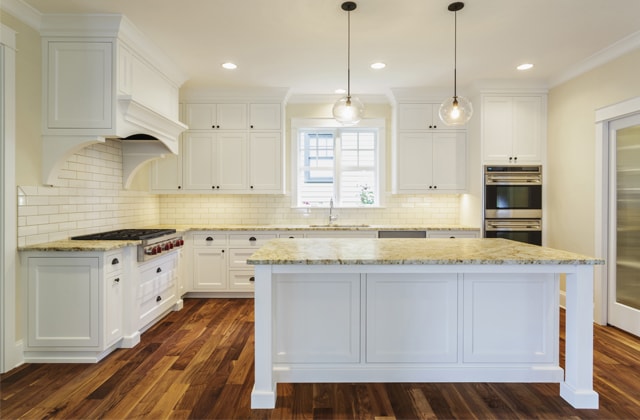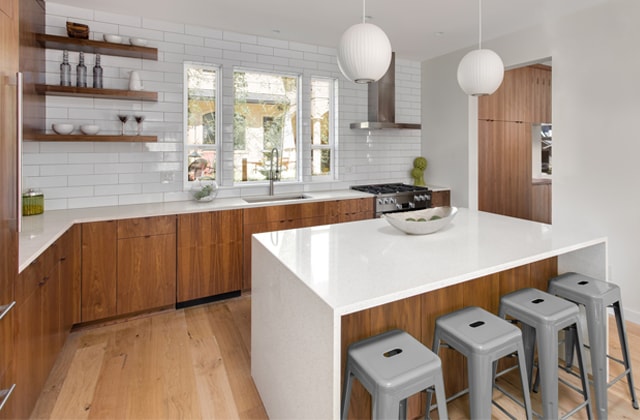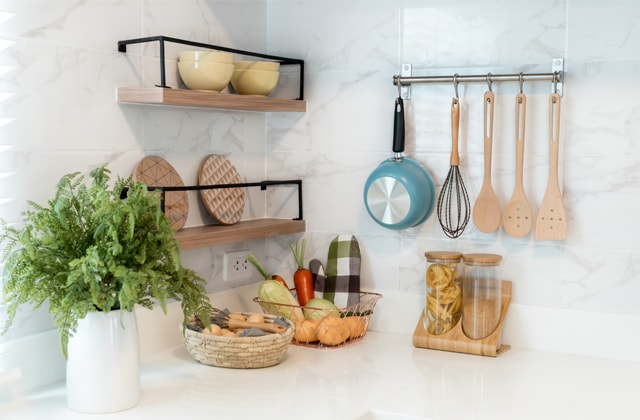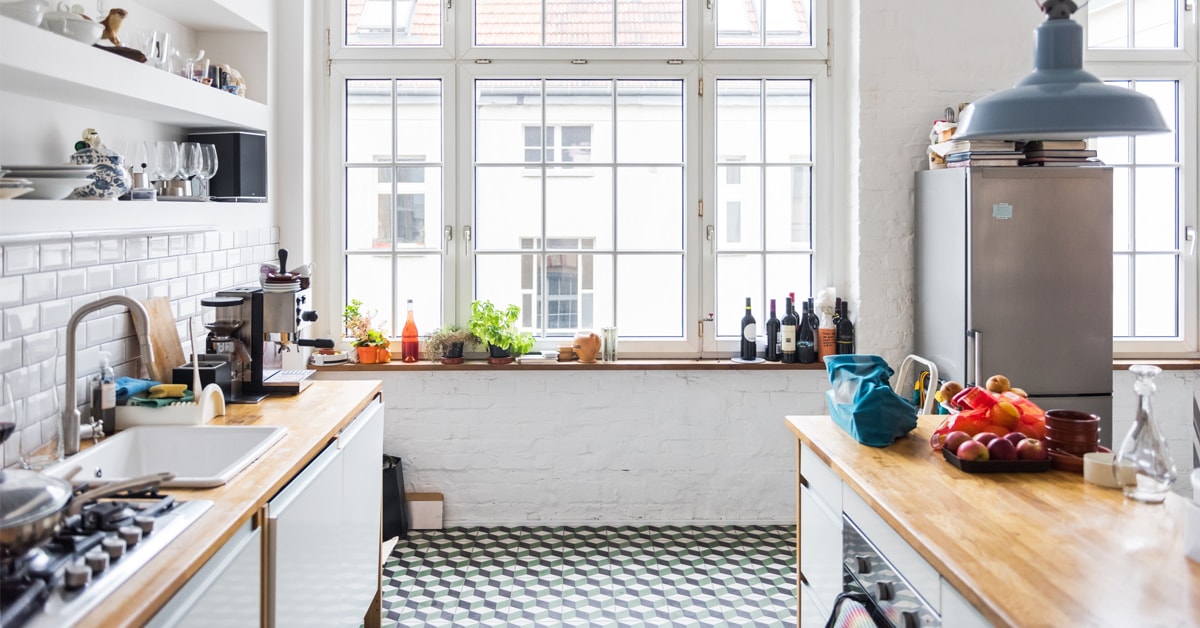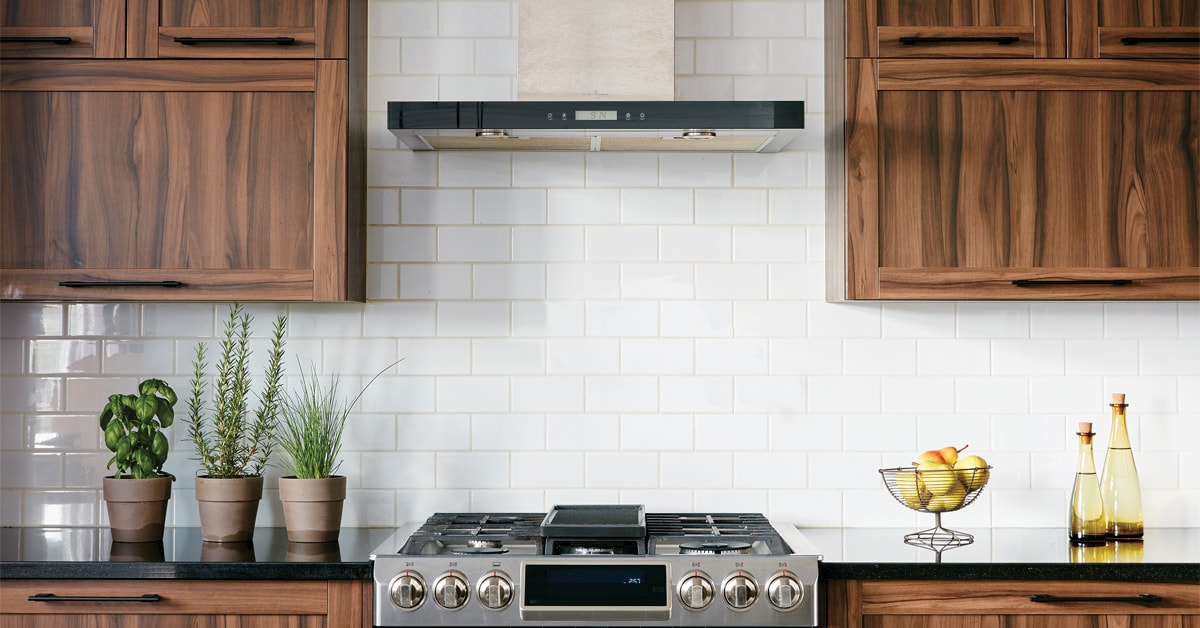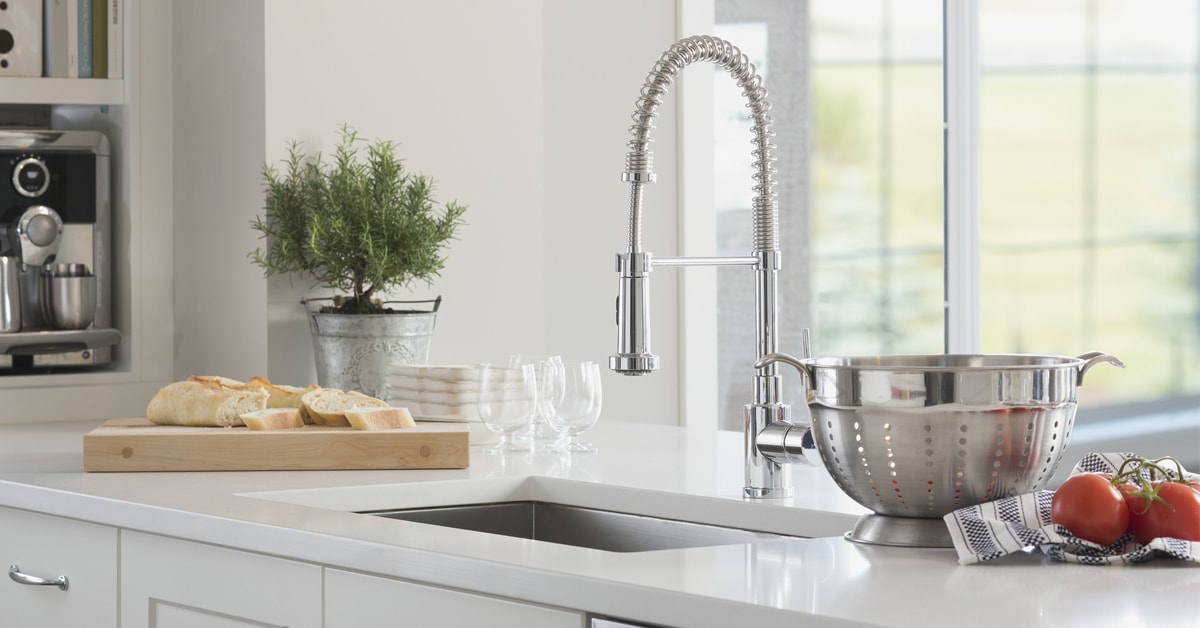Meeting everyone's needs
To maximize your investment and make the most of your kitchen's new, functional features, it is crucial to plan carefully.
To plan your project, you will need to:
- Establish the household's needs by thinking about everyone's lifestyles
- Set a budget
The family's different needs and lifestyles
There are several factors to consider when working out what you want from your kitchen. These include:
There are several factors to consider when working out what you want from your kitchen. These include:
- The size of the household and everyone's specific needs. Plan for sufficient space so everyone can circulate with ease. Take each person's unique features into consideration: wheelchair, reduced mobility, young chefs wanting to cook up a storm, etc. Such needs can be catered for by applying a few universal design rules; for example, by adjusting the height of counters and the kickplate space under the base cabinets.
- Activities and lifestyle: family dinners, lunches grabbed on the run, homework, bill-paying, meal preparation – these can be hectic moments in the daily routine. Accommodating everyone so that they can carry on their pursuits certainly makes life easier.
- Eating habits: got an amateur baker or pastry chef in the family? Consider fitting a purpose-designed surface into the worktop, such as marble. If you make your own preserves, expand the pantry and fit high shelves. If you love to entertain, increase the seating at the counter and plan a “bar” corner.
- Kitchen equipment and appliances: every kitchen is home to an abundance of items requiring storage, from small kitchen appliances to table linen, cookware, tableware and utensils. Minimize the to-and-fro between cabinets by creating storage areas close to the food preparation area.
